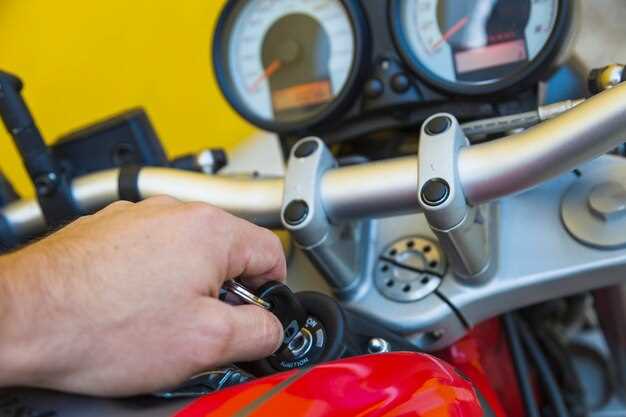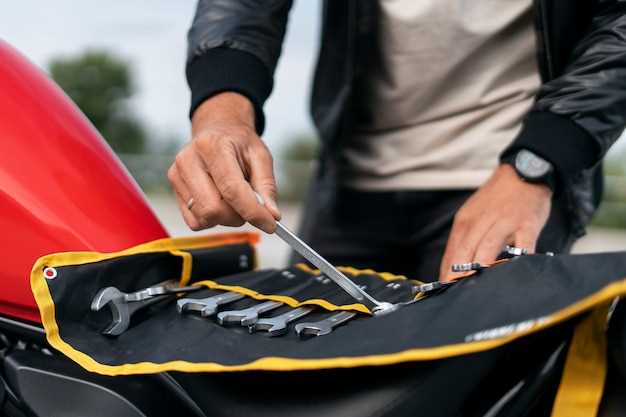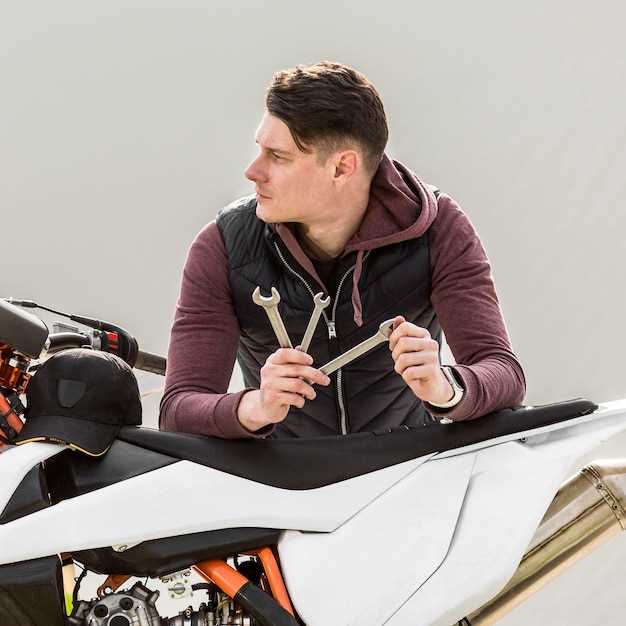
Replacing the spark plug in your motorcycle is a fundamental aspect of DIY maintenance that can significantly enhance your bike’s performance. Spark plugs are crucial for igniting the air-fuel mixture in the engine, and over time, they can wear out or become fouled, leading to decreased efficiency and power. Regularly changing your spark plugs ensures that your motorcycle runs smoothly and efficiently, which is essential for both safety and enjoyment on the road.
In this article, we will guide you through the necessary steps to safely change your motorcycle’s spark plug. This process not only saves you money by avoiding costly mechanic fees but also gives you the satisfaction of performing essential maintenance on your own. By following these easy-to-understand steps, you’ll be equipped with the knowledge to effectively conduct this crucial task.
Before you dive in, it is vital to gather all the tools and materials required for the job. Preparing in advance allows for a smoother experience and reduces the likelihood of accidents. Always remember that safety comes first–take the necessary precautions to protect yourself while working on your motorcycle. With the right approach, you can confidently tackle this DIY maintenance task and ensure your motorcycle runs at its best.
Gathering Necessary Tools and Materials for Spark Plug Change
To ensure a successful spark plug change during your motorcycle maintenance, gathering the right tools and materials is essential. Start by collecting a spark plug socket, which is specifically designed to fit the size and shape of spark plugs. A ratchet wrench is also necessary to provide adequate leverage for loosening and tightening the plugs.
Additionally, you will need a torque wrench to ensure that the spark plug is tightened to the manufacturer’s specifications, preventing potential damage or misfiring. A gap gauge can help you check if the spark plug gap meets the required distance for optimal performance.
Don’t forget to have a new spark plug or plugs ready for installation. Before proceeding, consult your motorcycle’s manual to confirm the correct specifications and type. A bit of anti-seize lubricant may be applied to the threads of the spark plug to facilitate future changes and prevent seizing.
Lastly, keep a clean cloth or paper towels handy to wipe away any dirt or debris from the spark plug area. Having all these tools and materials organized will streamline the spark plug change process and ensure safety throughout the maintenance task.
Identifying the Correct Spark Plug for Your Motorcycle Model

When it comes to DIY maintenance, changing the spark plug is a crucial task for ensuring your motorcycle runs smoothly. The first step is identifying the correct spark plug for your specific motorcycle model. This ensures optimal performance and longevity of the engine.
Start by consulting your motorcycle’s owner’s manual. It contains valuable information, including the manufacturer’s specifications for the spark plug type, size, and heat range suitable for your model. Each motorcycle is designed with particular performance characteristics, and using the right spark plug is essential for efficient combustion.
If you don’t have access to the owner’s manual, you can also find the necessary spark plug information through reliable online resources or by contacting the manufacturer directly. Additionally, motorcycle parts stores often have databases that can help you identify the correct spark plug based on your bike’s make and model.
Another way to identify the right spark plug is to remove the existing one and check for any markings or numbers on its casing. This can provide insight into what is currently being used and whether it’s appropriate for your motorcycle’s maintenance requirements. Just ensure that when you replace it, you opt for a plug that matches or exceeds the specifications needed for your motorcycle.
In conclusion, accurately identifying the spark plug needed for your motorcycle is a key component of effective DIY maintenance. Ensure that you have the correct part before you begin the change process to achieve the best performance from your motorcycle.
Safe Removal and Installation Techniques for Spark Plugs

Changing spark plugs is a vital aspect of motorcycle maintenance that improves performance and fuel efficiency. To ensure a DIY approach is safe and effective, follow these essential techniques for both removal and installation.
Before beginning, make sure the engine is completely cool. This prevents burns and allows for more straightforward spark plug removal. Use the correct socket size for your spark plugs to avoid stripping them. A spark plug socket often has a rubber insert that helps grip the plug securely.
To remove the spark plug, first disconnect the ignition coil or spark plug wire carefully to avoid damage. Gently rotate the spark plug counter-clockwise to loosen it. If you encounter resistance, apply some penetrating oil and let it sit for a few minutes. This helps break the corrosion bond that may have formed.
When installing new spark plugs, check the gap size using a feeler gauge to ensure it matches the manufacturer’s specifications. Apply a small amount of anti-seize compound to the threads of the new spark plug to facilitate future removal, but avoid getting it on the electrode.
Position the spark plug straight into the cylinder head and hand-tighten it to avoid cross-threading. Once seated, use a torque wrench to tighten it to the manufacturer’s recommended torque specification. This step ensures a secure fit without damaging the threads.
Finally, reconnect the ignition coil or spark plug wire, making sure it clicks into place. Double-check all connections before starting your motorcycle. Following these steps will ensure that your spark plug change is both safe and effective, keeping your motorcycle in top condition for the road ahead.




